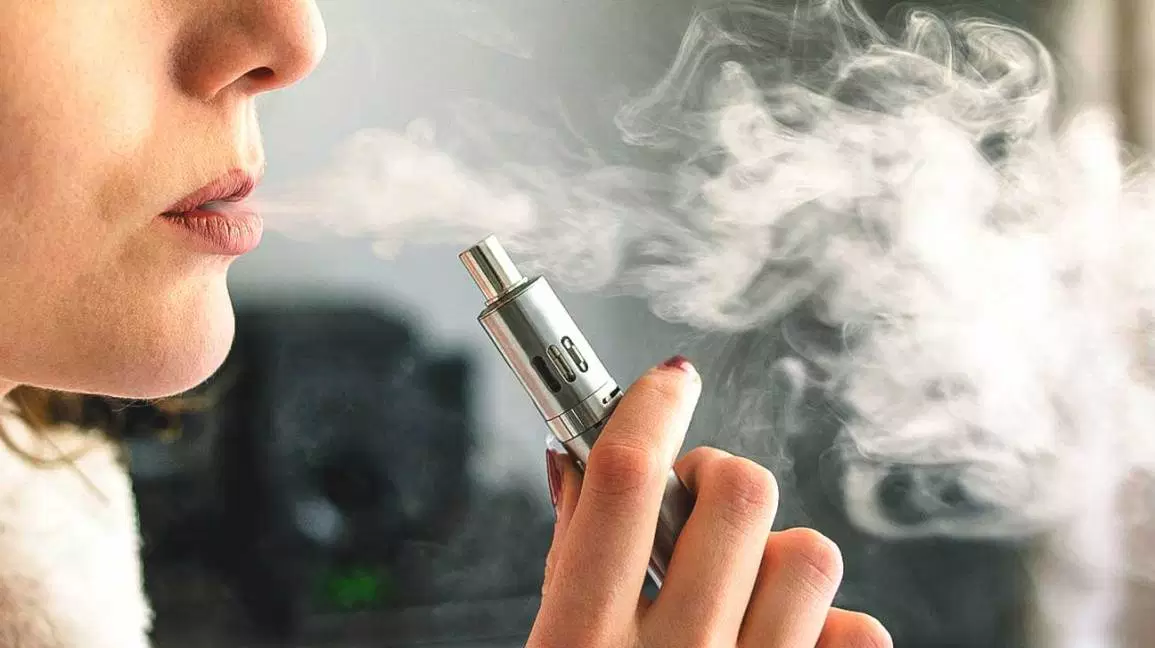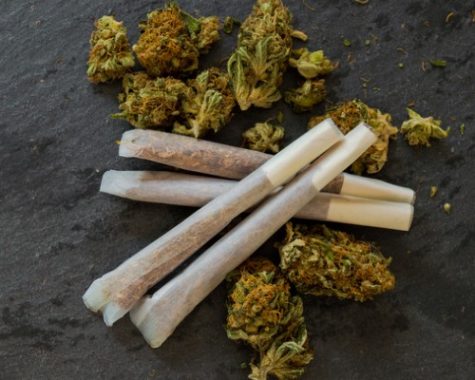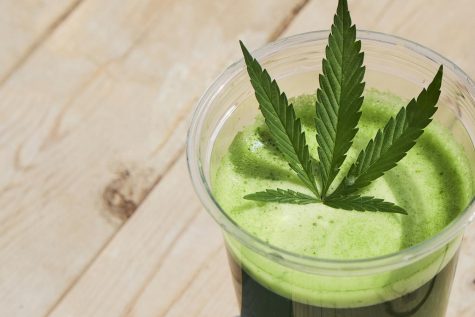Vaporizing cannabis is stronger than smoking it, study shows
Vaping produces stronger effects because when smoked, much of the material is demolished by the combustive aspect

If you’re a longtime joint-smoker and haven’t experienced that couch-locking effect since your early smoking days, it may be time to switch to cannabis vaping.
According to a new Scientific study published in JAMA Network Open, the bioavailability of cannabis’ active constituents THC (tetrahydrocannabinol) and CBD (cannabidiol) is amplified when the plant is vaporized. In simple terms, this means that cannabis inhaled through a vaporizer device will get you much higher. Conversely, if you’re a medical cannabis user, the therapeutic effects may be bolstered if you choose to vape your dry herb or oil.
Study indicates cannabis vaping increases blood concentrations of THC
Using the same level of THC, cannabis’ mind-altering psychoactive compound, vaping resulted in higher blood concentrations of the psychotropic substance, as opposed to smoking.
That’s not all, however. Study subjects experienced increased levels of cognitive and psychomotor impairment following administration via a vaping device. Moreover, the study subjects were more likely to experience adverse effects when they vaped THC, including anxiety, vomiting, paranoia, and hallucinations.
Consumers must be aware of the impacts of vaping cannabis
Despite the fact that vaping THC may cause the consumer to feel slightly overwhelmed, the same cannot be said for an individual who vapes the non-psychotropic substance CBD. Studies have proven how CBD can actually counteract the “high” caused by cannabis. Moreover, when the cannabinoids are combined synergistic therapeutic effects can be delivered to the consumer.
Notwithstanding, the adverse side effects of vaping cannabis shouldn’t be ignored. This is especially true since the plant just became legal for medical use across 33 U.S. states, legal for recreational use in 10 U.S. states and fully legalized in Canada.
Nowadays, it’s easier to procure pot than ever before. According to the study’s lead author and postdoctoral research fellow at Johns Hopkins School of Medicine, Tory Spindle, consumers must be aware that cannabis vaping “will produce stronger effects,” adding that his team “found there was a fine line sometimes between a dose that produced the desired effects and one that was too strong.”
“More people are coming into cannabis dispensaries and using for the first time in a while or for the first time ever,” Spindle said during an interview with NBC News.
Study on cannabis vaping saw volunteers sample different doses
All of the study volunteers engaged in cannabis-smoking sessions, of which lasted for approximately 8.5 hours each. During this time, the study subjects tried three different doses of THC – 0mg, 10mg, and 25mg. In addition to this, they vaped cannabis at three different doses. Scheduled a week apart, the sessions also involved a zero-milligram dose, which served as the control in the study.
At higher doses, cannabis vaping produced adverse effects
The cognitive and motor abilities of the study subjects were tested once they had vaped or smoked weed. A questionnaire was presented to the volunteers, featuring a range of ‘rating’ items to assess their feeling after consuming cannabis.
The feelings ‘ratings’ were as follows:
- Drug effects
- Pleasant drug effects
- Unpleasant drug effects
- Sickness
- Heart palpitations/heart racing
- Anxiety or nervousness
-
Paranoia
-
Alert
- Irritability
- Relaxation
- Motivation
-
Restlessness
- Hunger (munchies)
-
Eye irritation
-
Throat irritation
- Sleepiness
-
Dry mouth (cottonmouth)
- Coughing
- Trouble conducting routine tasks
- Memory impairment
- Cravings for cannabis.
Even at non-zero doses, the impact that cannabis had on the study subjects was more significant when it was vaporized, as opposed to when it was simply smoked in the form of a joint.
Higher doses produced more undesirable side effects for the cannabis vapers, according to the researchers.
“Two people vomited from the high dose,” admitted Spindle. “One actually experienced some audio and visual hallucinations. Some experienced paranoia as well. So it’s not just about impairment. The negative effects can be quite unpleasant.”
Based on the results of this cannabis vaping study, Spindle thinks that vaping produces stronger effects because when smoked, much of the valuable material is demolished by the combustive aspect.
“The difference is most likely due to some destruction of the drug when the cannabis is burned, which doesn’t occur when it is vaporized,” he explained.
Doctor says cannabis vaping findings are of relative importance for medical patients
Dr. Michael Lynch is the director of the Pittsburgh Poison Center, which is housed inside the University of Pittsburgh Medical Center. He is appreciative of Spindle’s findings, saying that he thinks it will help to “inform people who are going to use it medically or recreationally that the effects aren’t the same and the same dose could lead to more negative or adverse effects.”
“People often create an equivalency between vaping and smoking, assuming that if you’re using the same amount of the drug the effects will be similar,” Lynch said during an interview.







